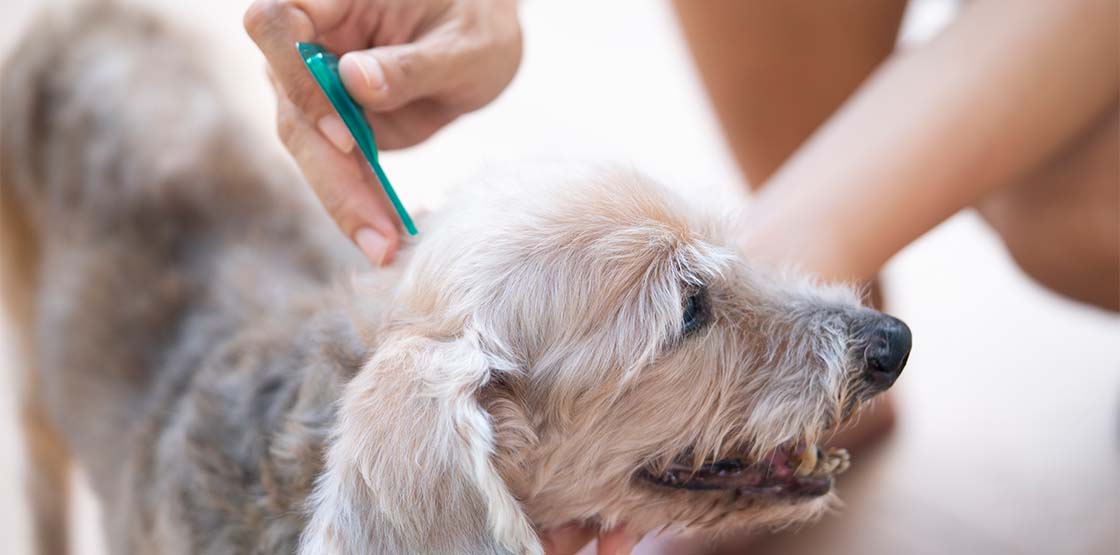Flea Treatment for Cats ands Dogs
From medications to natural solutions, there are several flea treatments available for your fury friend. These tiny pests can cause intense itching and irritation, not to mention the risk of diseases that they can transmit. In this blog post, we will take a closer look at how to prevent and treat fleas. So, let’s explore your options for flea treatment for cats and dogs.
Medications
Fortunately, there are several commercial products on the market these days to keep fleas at bay and our fur babies safe.
1. NexGard
NexGard and NexGard Spectra are fast-acting, simple-to-use dog flea and tick treatments, and NexGard is also available as a worm and flea treatment. These chewable pills come in different strengths to suit each pet’s body weight.
The beef-flavored NexGard is a hit with dogs, and these pills can be taken with or without food.
In addition, there is a multipurpose parasiticide for cats called NexGard COMBO, offering all-round protection against ear mites, tapeworms, roundworms, fleas and ticks.
This prescription medication will kill all ticks and fleas within 48 hours of ingestion and protects your pet for up to a month.
2. Bravecto
The Bravecto for Dogs and Bravecto for Cats will protect your pet against fleas and ticks for about three months per treatment. These solutions are applied topically or administered as a chewable pill.
3. Frontline
Frontline is an over-the-counter flea and tick preventative treatment that should be applied every month topically. Each treatment will last about a month, and the solution will have to be applied frequently to remain effective.
This over-the-counter (OTC) medication doesn’t require a prescription and costs significantly less than other top-rated treatments.
4. Revolution
In contrast to most other medications, Revolution kills fleas, as well as ear mites, sarcoptic mange and dog heartworms, exclusively targeting American dog ticks.
This topical medication should be applied monthly, and it is particularly suitable for those who reside in the mid-Atlantic and southeastern states.
5. Capstar Flea Control
Capstar’s chewable tablet starts to work within 30 minutes after administration, killing fleas on dogs and cats with 90% efficacy within hours. Make sure you choose the dosage appropriate to the weight of your pet and feed it to them with food.
Related Search Topics (Ads):
Natural Solutions
If medicating your pet against fleas isn’t your thing, fret not. Several natural solutions have been known to keep those pesky critters at bay.
6. Essential Oils
Fleas have been shown to dislike certain essential oils such as rosemary, citronella, peppermint and eucalyptus. Be sure to dilute the oils in an appropriate ratio, as concentrated essential oils might be harmful to your dog. If in doubt, always check with your veterinarian.
7. Natural Flea Collar
You can lace your pet’s existing collar with certain compounds that make them extremely unattractive to fleas. Some surprising compounds are vodka, lavender oil and cedar oil. Just soak the collar in a dilution solution of any of these compounds to keep the fleas away.
8. Apple Cider Vinegar
Fleas seem to hate apple cider vinegar, whether it is applied onto your pet’s coat or in their bodies. You can mix a small amount in with their drinking water or dilute the vinegar with water in a 6 vinegar:4 water ratio and spray it directly on your dog’s coat.
This creates an environment where the pH levels are unfavorable to fleas and other bugs. In addition, apple cider vinegar has long been touted as a natural remedy for many health issues, including hot spots, allergies and ear infections.
When used correctly, apple cider vinegar is a safe and effective way to keep your dog healthy and free from harmful chemicals.
Final Thoughts
Fleas are more than just a nuisance for our furry friends — they can pose a serious health risk. These tiny insects are master jumpers, and they can quickly spread from pet to pet. They're also capable of transmitting diseases.
That's why it is so important to keep your pet free of fleas. The best way to do that is to consult with your veterinarian and use a monthly preventative treatment that is right for your pet. With proper care, you can help keep your pet healthy and safe from these dangerous pests.
